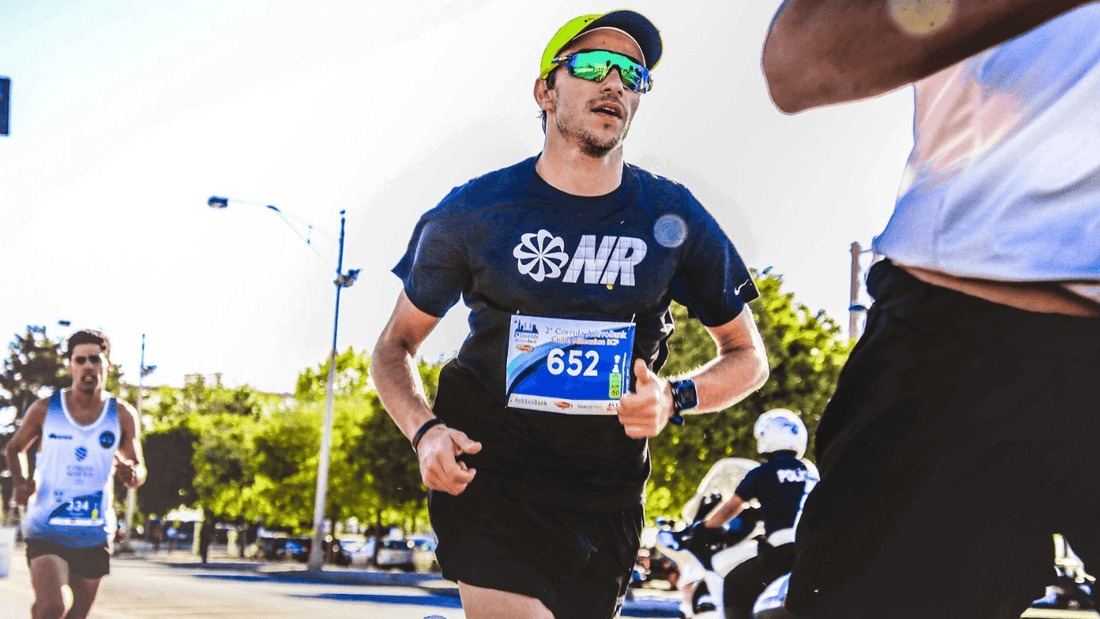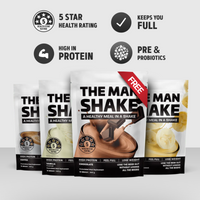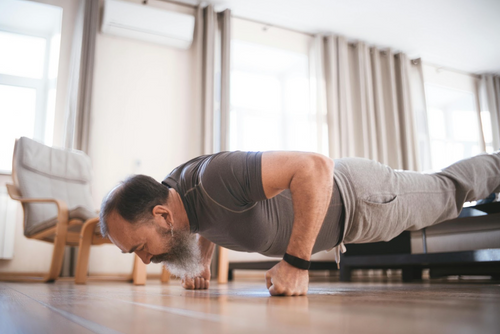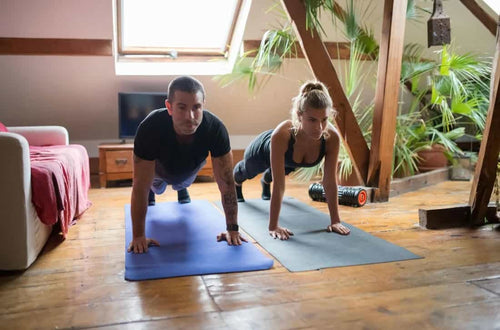
How To Avoid Chafing While Running
Share
One of the most common complaints made by people who have recently gotten into running is the amount of painful chafing they experience.
Chafing occurs when your skin rubs up against a piece of fabric continually and eventually causes the surface of your skin to break down. When sweat (moisture) enters the equation, this can result in rashes, itching, pain and swelling.
Chafing is a common ailment experienced by runners and cyclists which can make an already arduous task even more difficult to endure.
However, there is hope, as we have gathered a series of tips that should help you avoid chafing and its uncomfortable aftereffects.
Choose Well-Fitting Clothes
When going for a run or a bike ride, make sure that your clothes fit your body closely, but aren't too tight. If they’re too tight, they’ll restrict your movement, but if they’re too loose, your skin will slide against the fabric, which will also encourage chafing. Ideally, you’ll should look to wear something that doesn’t allow skin-to-skin contact.
Choose An Appropriate Material
Your choice of fabric is also highly important. To avoid chafing, you need to wear fabrics that keep your skin dry by drawing sweat away from it. These fabrics include polyester, bamboo and nylon. Conversely, you should avoid denim or cotton, which absorb moisture and are heavier, putting more pressure on your skin.
Look At The Seams
Choosing an appropriate material may end up being irrelevant if you pick a piece of clothing with the wrong seams. Like fabric, the seams in your clothes can rub up against your skin while running and jogging and when mixed with moisture can cause chafing. Ideally, you want to buy athletic clothing with flatlock seams, which lie within the fabric rather than sticking out, decreasing the chances of chafing.
Lubricate Your Problem Spots
Before you go for a run, try rubbing some petroleum jelly (i.e. Vaseline) on the areas that you know are going to chafe. Alternatively, you could purchase one of the anti-chafing creams or powders that are available on the market.
Get Additional Coverage
If you’re battling chafing, you may be inclined to buy additional accessories to protect the parts of your body that are sensitive to chafing. For example, if the skin on your thighs generally chafes during exercise, try putting on a pair of specifically designed running shorts to prevent skin-to-skin contact. If your nipples chafe under your shirt, consider putting a band-aid over them.
Consider The Weather
You’re more likely to chafe if you’re exercising during hot or humid weather (sorry to all you Aussies out there). With that in mind, try to avoid running outside during hot days and attempt to do your exercise indoors, with the assistance of exercise machines in an air-conditioned facility.
Don’t Wear Damp Or Wet Clothes
We advise you not to wear damp or wet clothes following exercise as they can lead to skin irritation and chafing – even when you’re not doing any strenuous exercise. To avoid post-exercise chafing, take off your sweat-drenched clothes, have a quick shower and change into something dry.
For more exercise advice, check out our blog on how to keep fit while you're travelling, our explainer on when to use free weights versus machines, and how to work out on a rainy day.






